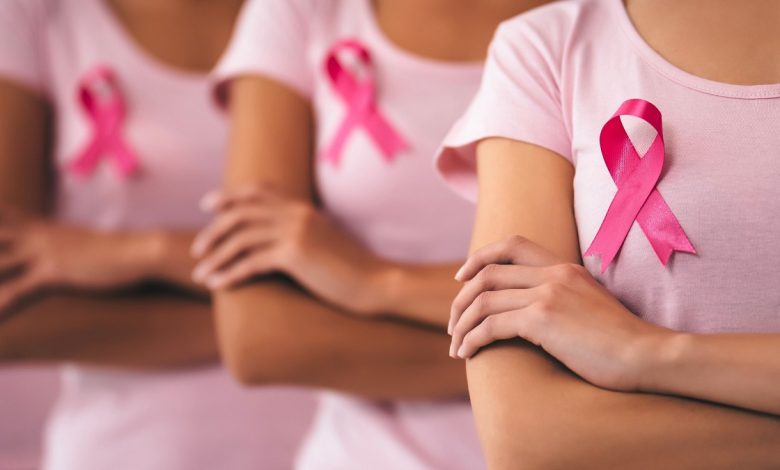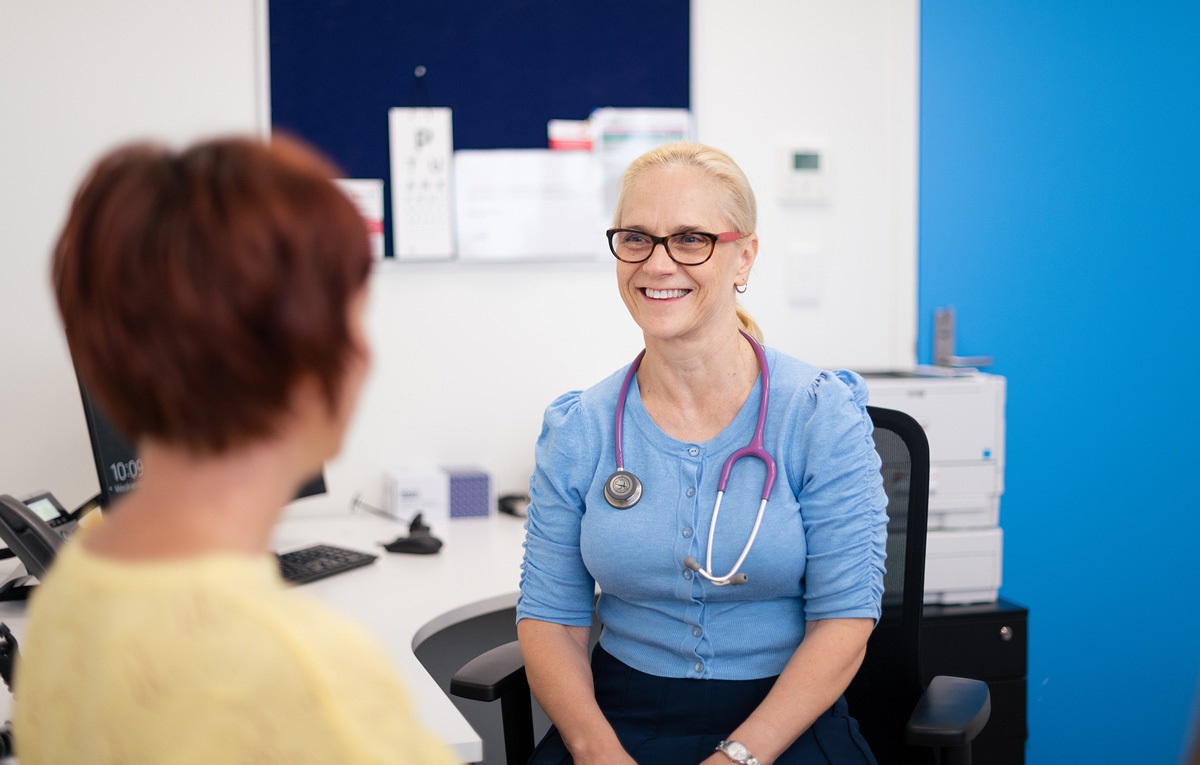Why Women Under 50 Are 82% More Likely To Develop Cancer Than Men: The Role Of Alcohol Consumption And Other Factors

Women Under 50: In recent years, health studies have revealed some surprising statistics regarding cancer rates, particularly highlighting the stark difference between men and women.
One such finding is that women under the age of 50 are 82% more likely to develop cancer than men.
Women Under 50, This alarming statistic raises important questions about the underlying factors contributing to this gender disparity. In particular, the increasing consumption of alcohol, which is known to be a major risk factor for breast cancer, plays a significant role in this trend.
The Rise In Cancer Rates Among Women

Women Under 50, Cancer, in its many forms, is one of the leading causes of death worldwide. However, when examining the gender gap in cancer incidence, it becomes clear that women, especially those under 50, are facing an alarming increase in diagnoses compared to men. The reasons for this increased risk are complex and multifaceted, but several key factors contribute to this trend.
The Impact Of Alcohol Consumption
Women Under 50, One of the most significant contributors to the rising cancer rates among women is the increasing consumption of alcohol. Alcohol has long been recognized as a carcinogen, particularly linked to breast cancer.
Studies have shown that even moderate alcohol consumption increases the risk of developing breast cancer, and the risk grows with the amount consumed. As alcohol consumption among women continues to rise, so too does their likelihood of developing breast cancer and other alcohol-related cancers, such as liver and throat cancer.
Women Under 50, Women’s bodies process alcohol differently than men’s, making them more susceptible to the harmful effects of alcohol. Because women generally have a higher percentage of body fat and lower amounts of alcohol-dehydrogenase (the enzyme that breaks down alcohol), the same amount of alcohol has a stronger impact on their bodies. This heightened sensitivity to alcohol’s carcinogenic effects is a key factor contributing to the higher cancer rates among women.
Hormonal Differences And Cancer Risk

Women Under 50, Another crucial factor is the role of hormones in cancer development. Women, particularly those under 50, experience significant hormonal changes throughout their lives, from puberty to menopause. Estrogen, a hormone that plays a vital role in female reproductive health, has been linked to an increased risk of certain types of cancer, including breast cancer. High levels of estrogen can promote the growth of hormone-receptor-positive breast cancer cells, making women more vulnerable to the disease.
While men do produce estrogen, the levels are much lower, and this hormonal difference is one reason why women are at a higher risk of developing certain cancers.
Environmental And Lifestyle Factors
Women Under 50, In addition to alcohol consumption and hormonal differences, lifestyle and environmental factors also play a significant role in the rising cancer rates among women. Sedentary lifestyles, poor dietary habits, and exposure to environmental toxins are all contributing factors to the increased cancer risk.
Women are often tasked with balancing career, family, and social responsibilities, which can lead to stress and neglect of healthy habits. This stress, combined with poor nutrition, lack of physical activity, and exposure to chemicals in everyday products, creates an environment conducive to the development of cancer.
Preventative Measures And Awareness
Women Under 50, The good news is that many of the factors contributing to cancer risk are modifiable. Awareness campaigns, educational initiatives, and lifestyle interventions can help reduce the incidence of cancer in women. Reducing alcohol consumption, maintaining a healthy weight, exercising regularly, and minimizing exposure to environmental toxins are all effective strategies for lowering cancer risk.
Women Under 50, Furthermore, early detection through regular screenings and self-exams plays a critical role in catching cancer in its early stages when it is most treatable.
Also Read:
The Connection Between Alcohol And Cancer: A Scientific Overview
Coffee And Tea Effect: How Coffee And Tea Reduce The Risk Of Head And Neck Cancer
The Perils Of Airborne Microplastics: From Colorectal Cancer To Infertility




